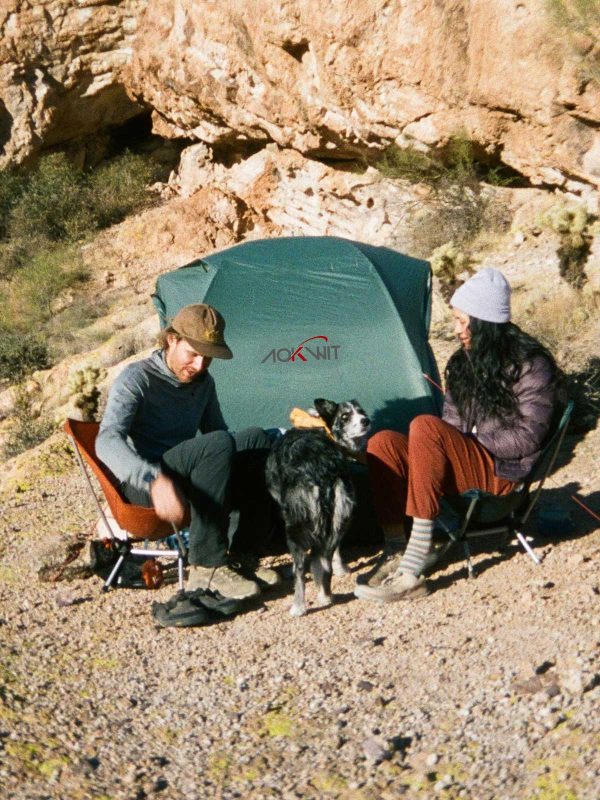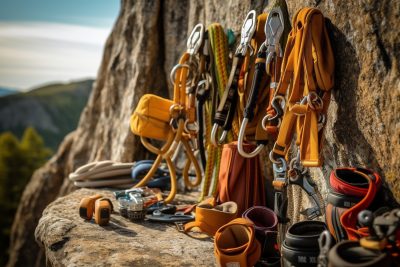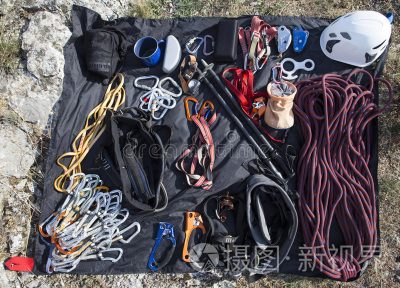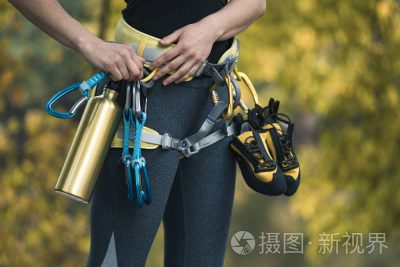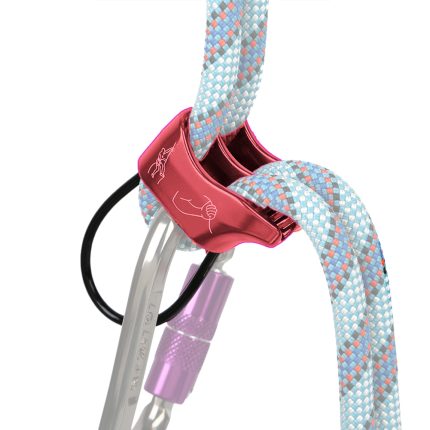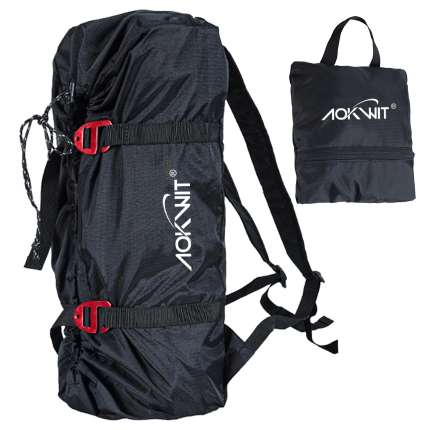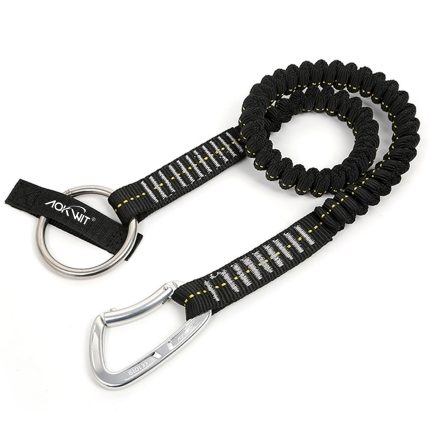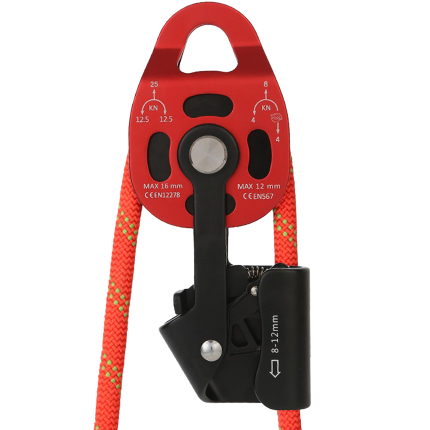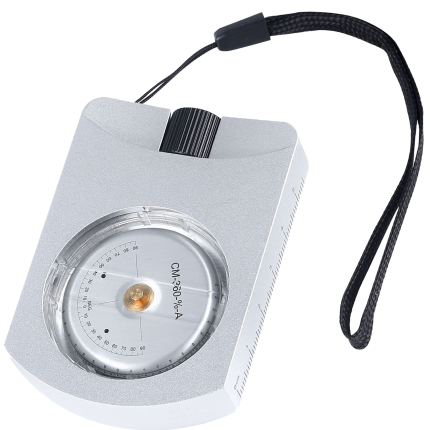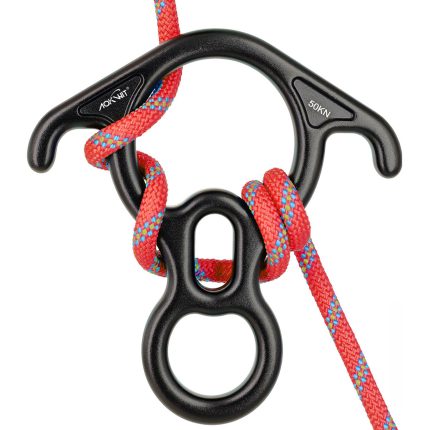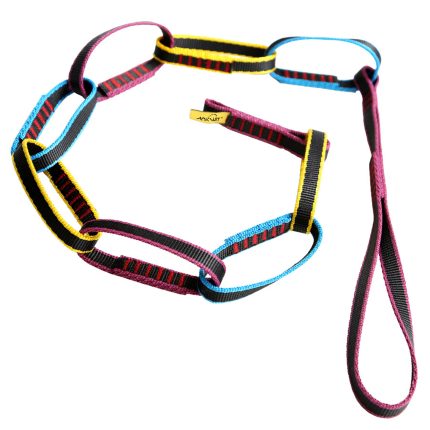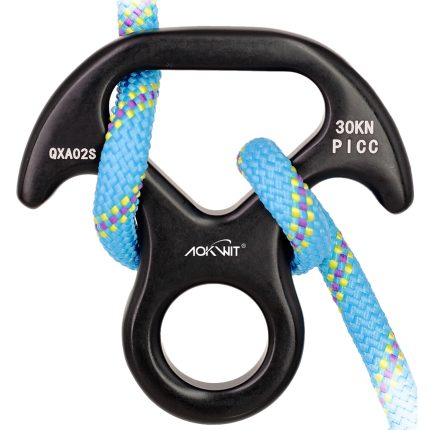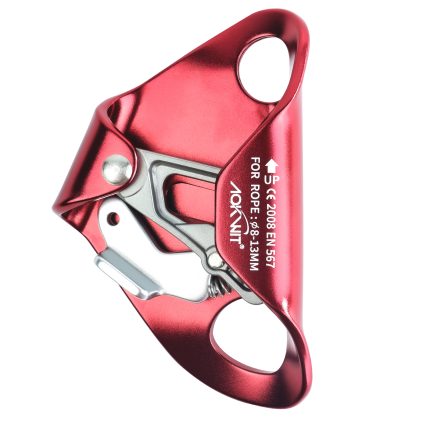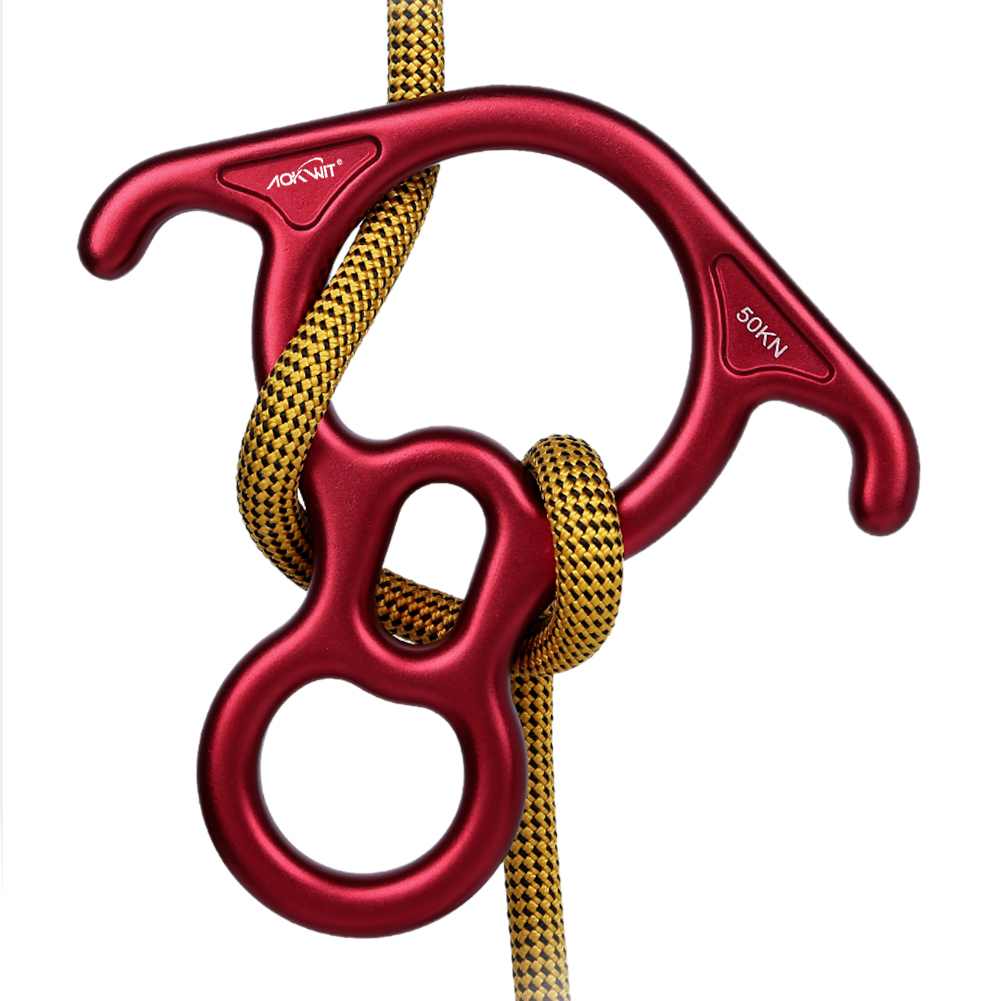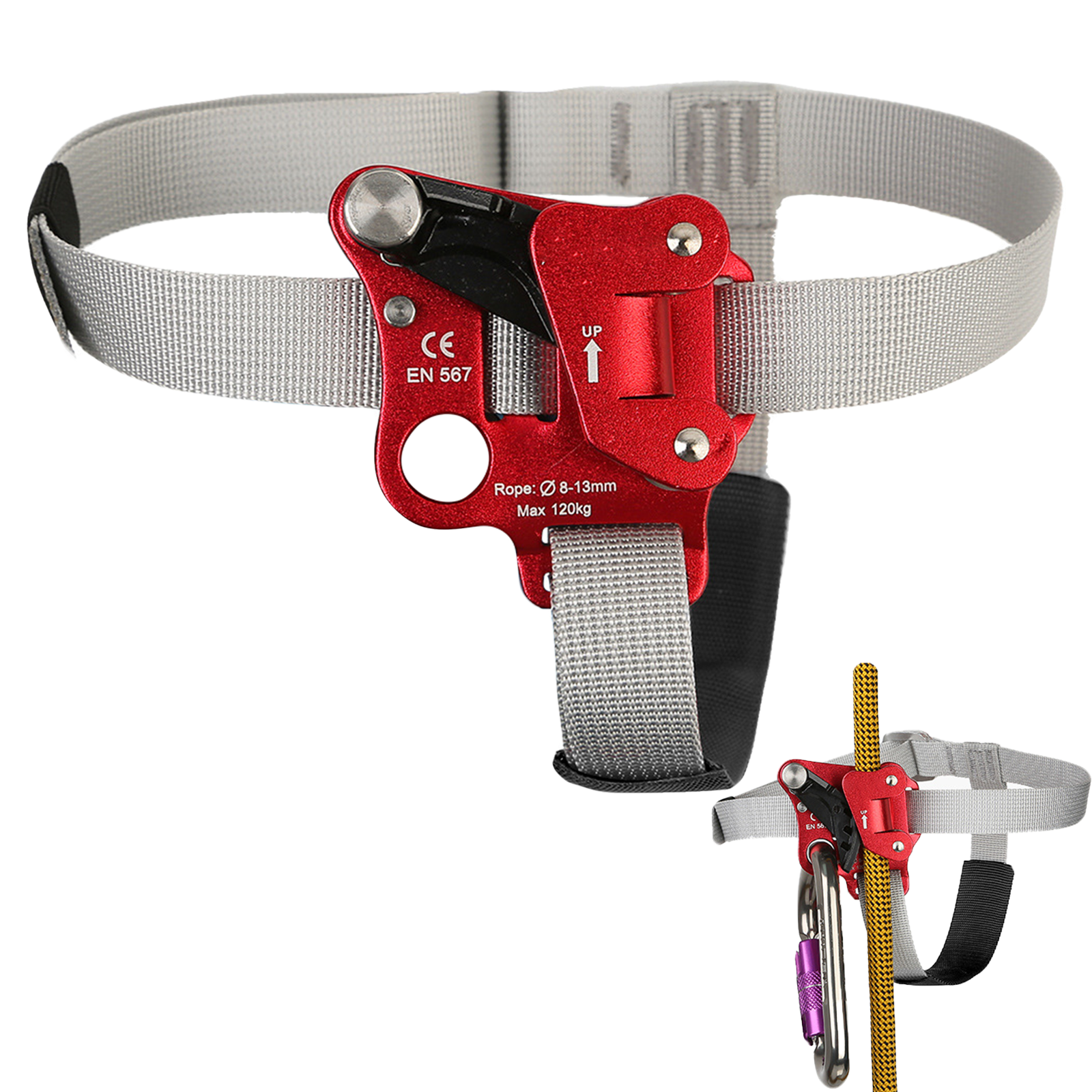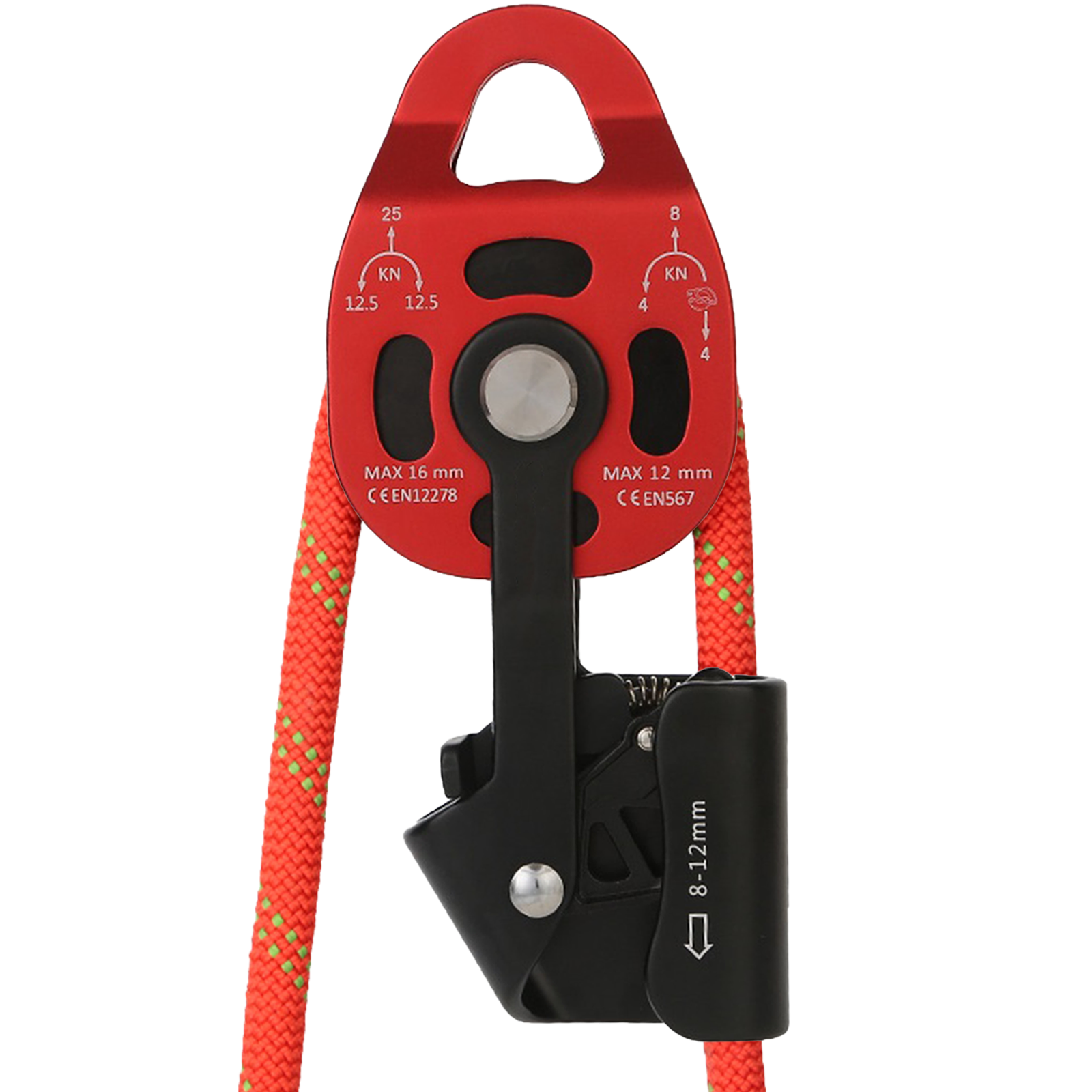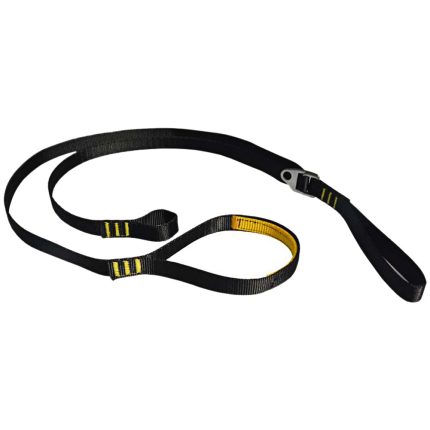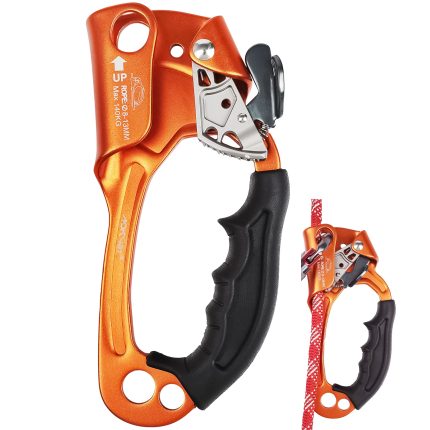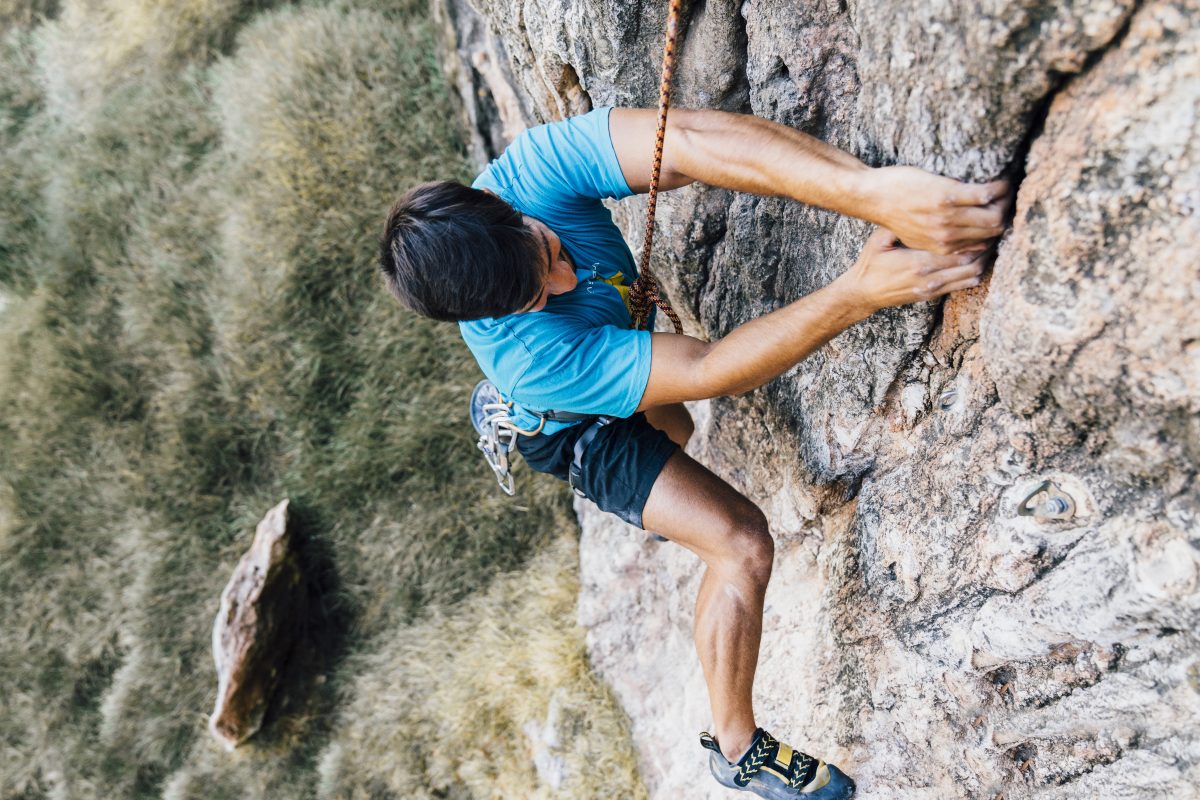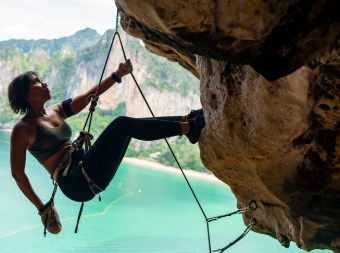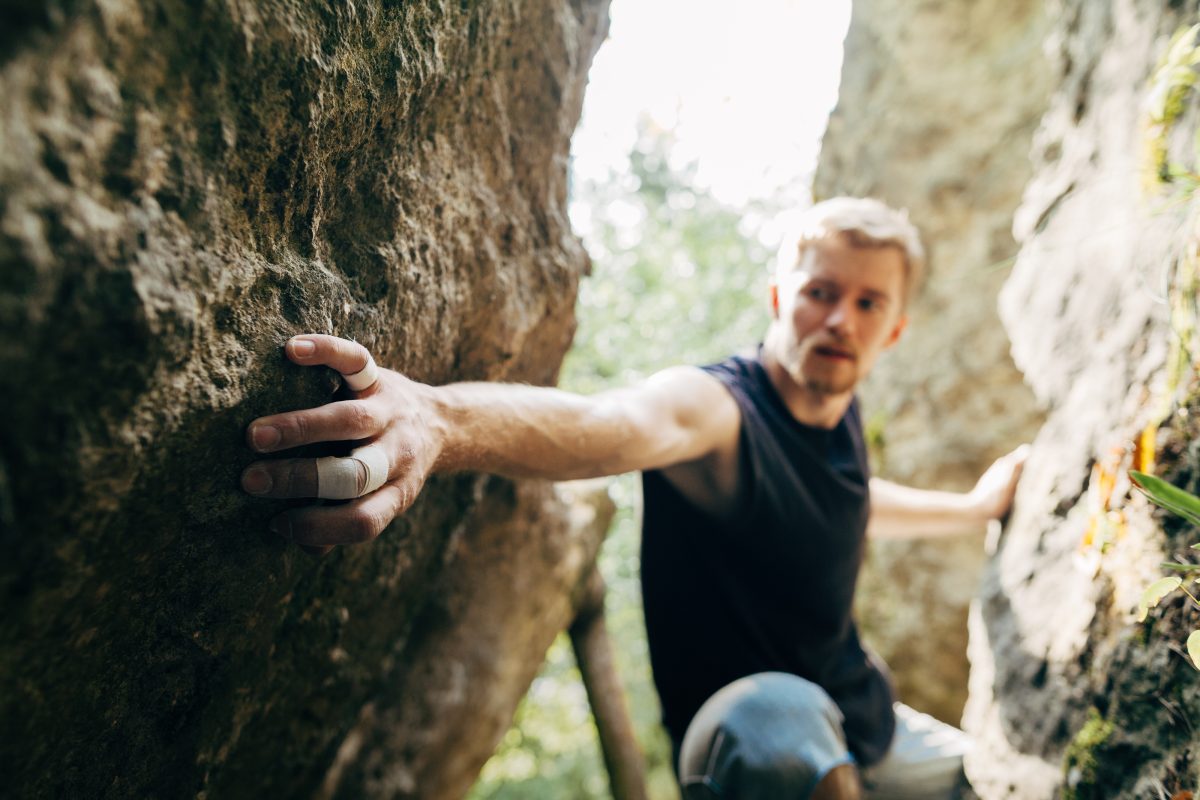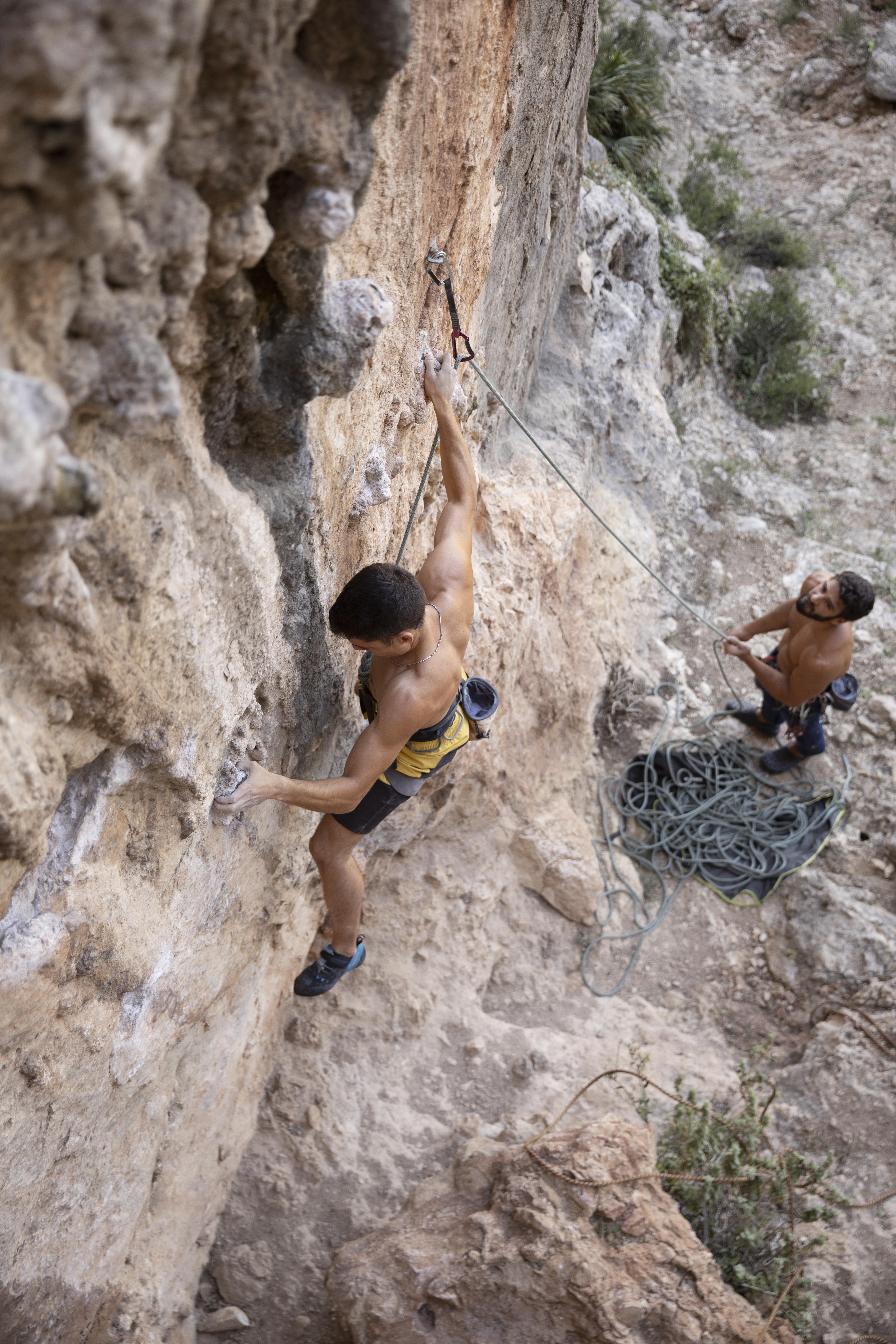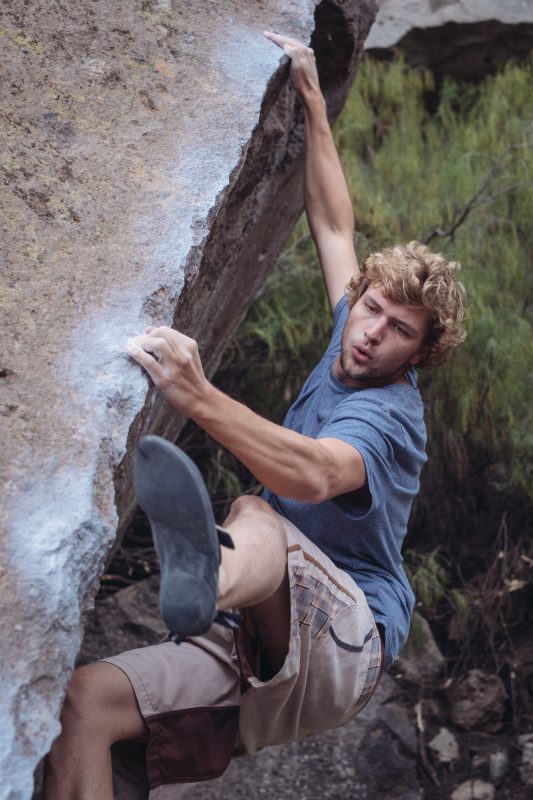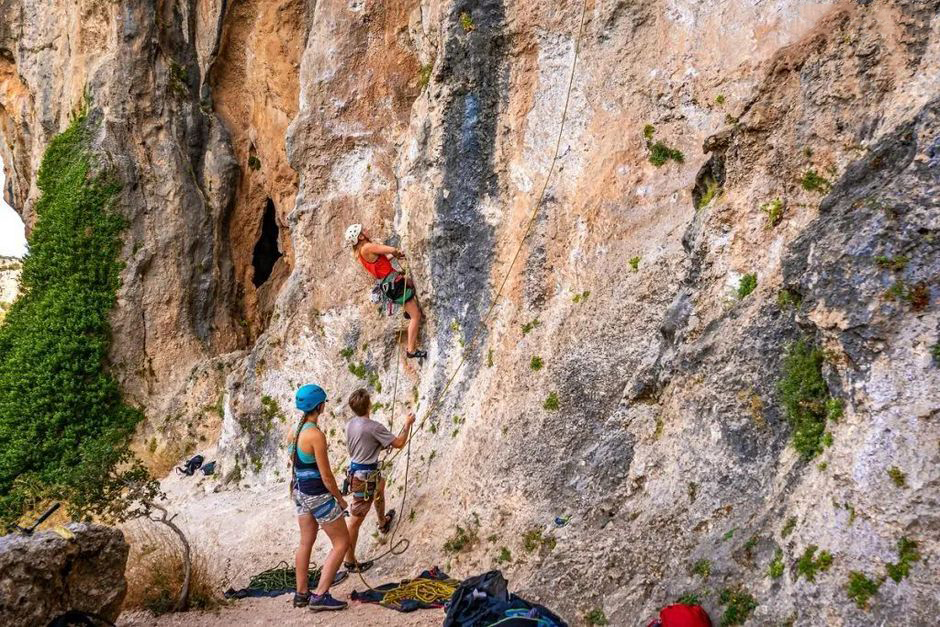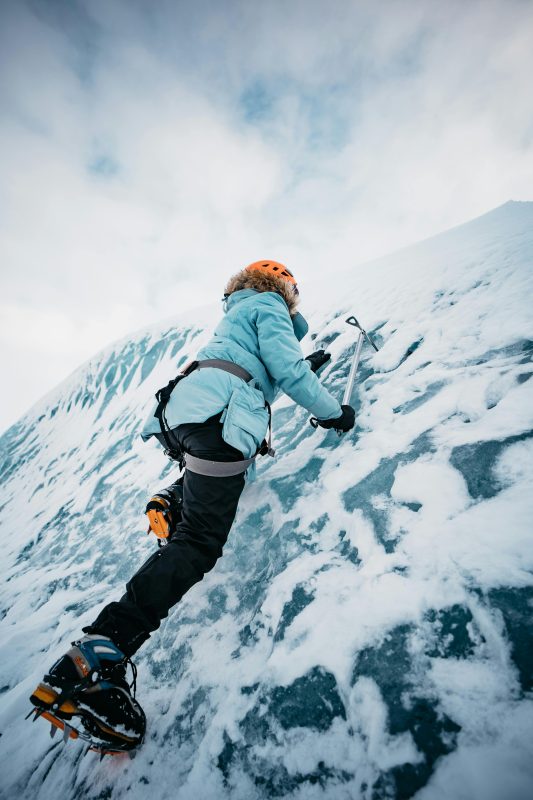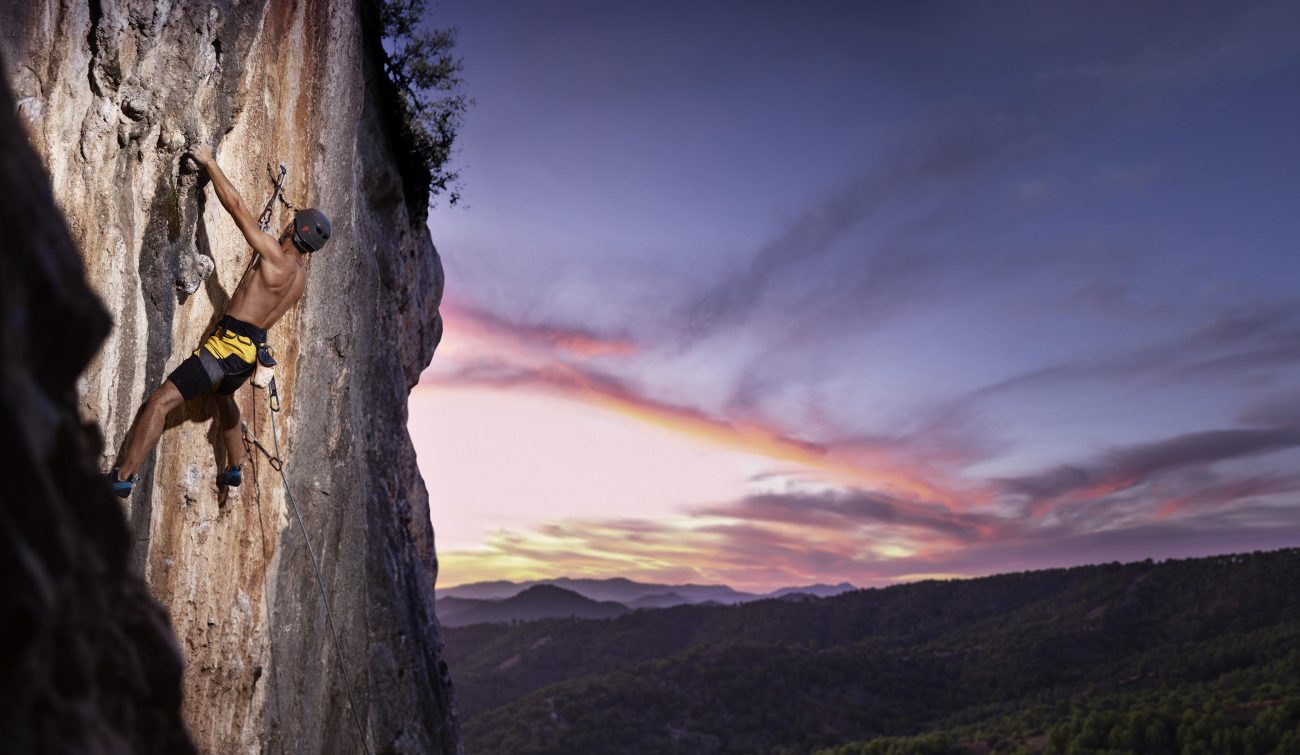Definition and History of Difficulty Grading in Rock Climbing
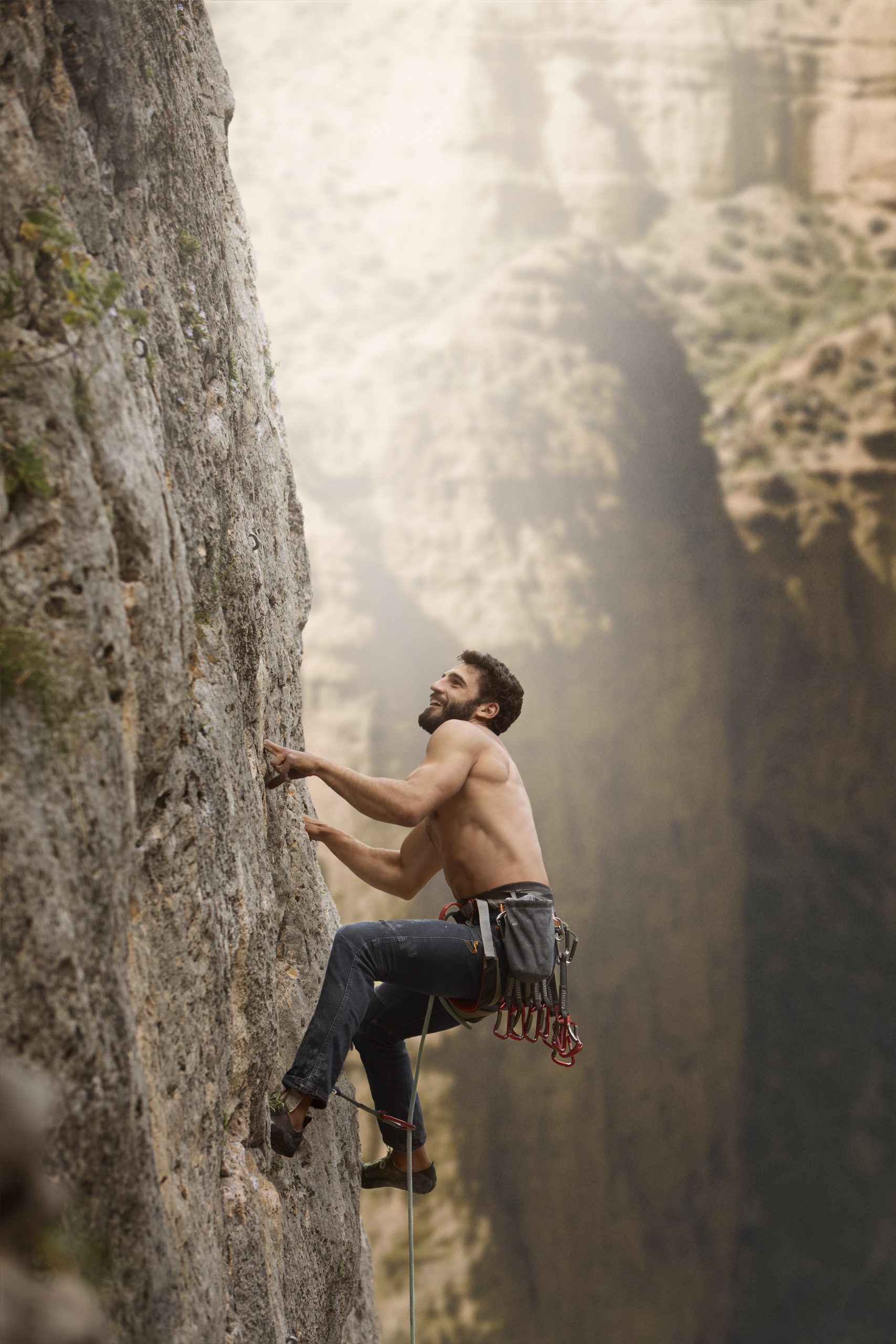
I. The Genesis of Grading Systems
The Yosemite Decimal System (YDS)
In the 1930s, the Sierra Club in the United States established a grading system, which is now known as the Yosemite Decimal System (YDS). This system initially consisted of six classes, as outlined below:
- Class 1: Walking on a rocky slope, generally without needing hands for balance.
- Class 2: Occasional use of hands is required, but beginners and less agile individuals typically do not need a rope for protection.
- Class 3: Scrambling where a fall could result in significant injury; hands are frequently used. Using a rope is advisable.
- Class 4: Simple climbing requiring some technique. Most people consider a rope necessary due to the potential for fatal consequences in the event of a fall. Protection placements are generally easy to find, and belaying is common for climbers.
- Class 5: Technical rock climbing where a rope, protection, and belaying are essential to prevent serious injury from a fall. Requires specific climbing and protection techniques to varying degrees. This class marks the beginning of “technical climbing.”
The fifth class mentioned here corresponds to what we now commonly refer to as rock climbing, specifically “Class 5” technical climbing.
By the 1950s, Class 5 climbing was subdivided into ratings from 5.0 to 5.9: 5.0, 5.1, 5.2, 5.3, 5.4, 5.5, 5.6, 5.7, 5.8, 5.9, 5.10. The leading number ‘5’ still denotes Class 5 climbing, while the decimal suffix (0 to 10) indicates the difficulty level of the route. This was initially a closed system, with the easiest route defined as 5.0 and the hardest as 5.10.
This system allowed many routes to be assigned grades, greatly aiding climbers. However, a problem soon arose: climbers’ skills improved rapidly. After the first 5.10 route was established, many subsequent routes were also graded 5.10, but some were perceived as significantly harder than the earliest 5.10s.
To address this, the YDS evolved into an open-ended system. Starting from 5.10, sub-grade designations using the letters ‘a’, ‘b‘, ‘c‘, and ‘d‘ were added. Thus, the YDS transformed into its current open-ended format, ranging from 5.0 to 5.15 and beyond.
Generally speaking, untrained individuals might climb up to 5.6, those with basic technical training might manage 5.6-5.9, and climbing 5.10 and above typically requires consistent technical and strength training. However, this is a very broad generalization.
Currently, the world’s hardest routes are approximately graded 5.14d or 5.15a. The difficulty of a new route is initially estimated by the first ascensionist based on their subjective experience with previously climbed grades. As more climbers ascend the route, this subjective grade tends to become established.
The YDS grades a route based on its single hardest technical move. A route with ten distinct 5.10 moves and a route with only one 5.10 move near the ground are both graded 5.10. Furthermore, comparing grades between different types of routes (e.g., face climbing, crack climbing, friction slabs) can sometimes be challenging. Nevertheless, with widespread use, grades generally become more objective and consistent.
Other countries have their own grading systems (e.g., British, French, German, Australian). The British system, for instance, incorporates both technical difficulty and risk components.
II. The B-Scale Bouldering Difficulty System
In the 1960s, John Gill brought modern bouldering into a new era. As bouldering gained popularity and the number of boulder problems increased, a specific grading system became necessary. This was because most boulder problems were harder than 5.10 (note: the YDS was still a closed system at that time). Thus, the B-Scale was born.
The B-Scale was also a closed system, consisting of only three difficulty levels: B1, B2, and B3.
John Gill defined these levels as follows:
- B1: A very difficult boulder problem, harder than the hardest roped climbs of the time.
- B2: A boulder problem harder than B1 and very rarely repeated (i.e., successfully completed more than once).
- B3: A boulder problem considered impossible to repeat. If repeated even once, it would be downgraded to B2.
However, this system had significant problems. Due to varying climber abilities and rapidly improving standards, it was difficult to assign consistent and accurate grades. In the 1960s, B1 roughly equated to YDS 5.10, but by the 1980s, it corresponded more closely to 5.12. Consequently, in recent decades, the B-Scale has largely fallen out of use, replaced by the V-Scale.
III. The V-Scale Bouldering Difficulty System
The V-Scale originated in the 1980s among a group of boulderers in Hueco Tanks, Texas, USA. It was later formalized and popularized by John Sherman (whose nickname “Vermin” is said to be the origin of the ‘V’).
The original V-Scale started at V1, with a difficulty roughly equivalent to YDS 5.11. When Sherman systematized it, he added introductory grades V0-, V0, and V0+ to lower the entry barrier to bouldering, making the sport more accessible to a wider range of people.
This V-Scale bouldering difficulty system is now the most widely used standard globally.







